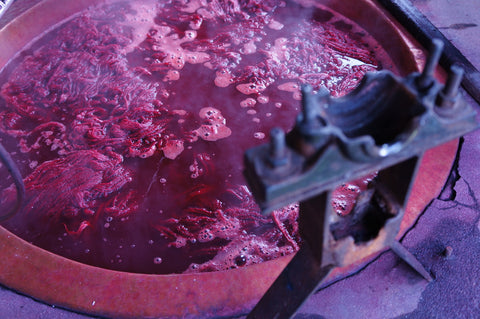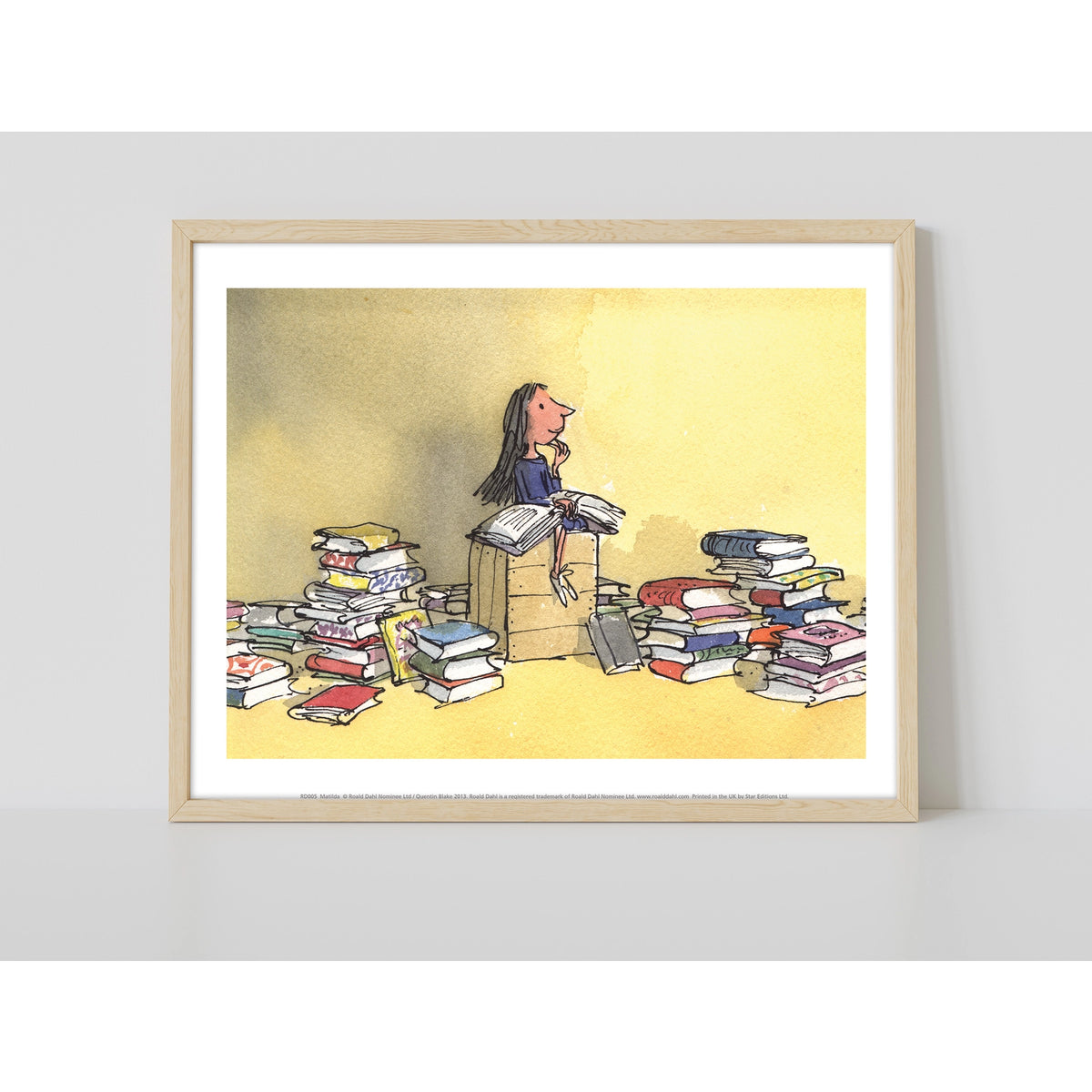Chris Haughton Fair Trade Rugs
The rugs
*Please note we only have one of each of these rugs left, and we won't be ordering any more!*
We are incredibly excited and fortunate to be the only place in Ireland where you can purchase a range of hand-woven and Fair Trade rugs designed by Chris Haughton. Ethically handmade in Nepal, they feature some of Chris' most beloved characters!

Who makes them?
The rugs are made in Kathmandu, Nepal by a non-profit social business called NODE, (meaning knot in Latin). NODE was co-founded by Chris Haughton himself. They work with Kumbeshwar Technical School, (KTS), in Kathmandu which was founded in 1983 by Siddhi Bahadur Khadgi. The school was initially set up in response to the discriminatory traditional caste system, to empower a community of street sweepers who had been denied education and employment opportunities. The Khadgi family were from this caste, but after growing a successful fertiliser business they wanted to empower others in their community to escape poverty and have choices.

Kumbeshwar Technical School started as a daycare facility for the children of this community, where they were provided with education and health information. This was followed by an adult literacy programme and a nutrition and health clinic, which included an immunisation programme. KTS has since expanded to include vocational training programmes, providing employment choices to people formerly constrained by the occupations of their caste. They run free courses for women and disabled people in carpet weaving, hand knitting and carpentry. Their focus on technical skills and crafts ensures people can find jobs easily after completing these courses. KTS also provides a day care service for the children of staff and trainees. To date, 2,554 people have completed their training courses.

While Kumbweshwar Technical School was initially reliant on donations, the organisation has been working toward long-term self-sustainability and is currently fully funded by income from sales. NODE is one of the companies that employs graduates from KTS' carpet making courses, and sales of these Chris Haughton rugs are one of the income streams which support Kumbeshwar Technical School's courses and daycares, as well as a nursery, a primary school and an orphanage.
How has COVID 19 affected Kumbeshwar Technical School?
Due to COVID 19, KTS had to work out a way to continue its nursery and school programmes- a challenge due to the technical and financial barriers of accessing online classes. They distributed a self-study workbook developed by the Ministry of Education in Nepal, and teachers then guided and graded the students by telephone. An easing of restrictions at the end of the school year made it possible to hold exams to fulfil government guidelines on education.
Adult vocational training was also affected: only one course of hand-knitting training and one course of carpet-weaving training were able to go ahead during the year. And other activities including health outreach were not able to go ahead. Thankfully Kumbeshwar Technical School, its programmes, orphanage and school have survived thanks to the solidarity of international Fair Trade buyers who boosted sales. The virus has now declined in Nepal, meaning that production of Fair Trade items to generate revenue for KTS can now resume with safety measures in place.

How are the rugs made?
Chris Haughton's range of rugs are made entirely by hand using 100% pure Tibetan wool, using age-old Tibetan carpet making techniques. The wool is hand-spun into thread, hand-dyed with natural and non-polluting dyes, and then hand-knotted on looms into carpet.


Chris Haughton on the genesis of the rugs
Here's a great interview with Chris Haughton about the making of the rugs and the importance of supporting traditional crafts, which first appeared in Peppermint Magazine in Australia in 2014:
The idea behind NODE is quite eloquent – combining modern digital design with traditional carpet-making techniques. Where did this idea come from?
I've been working as a freelance illustrator and designer for Fair Trade for the last nine years, mainly for the company People Tree, and mainly as a semi voluntary thing. I just used to help out when I could and send them some drawings and ideas from time to time. They do amazing work, so I was very happy to help out in some way. I ended up doing more and more and designed t-shirts, bags, toys, and stationery for them. The designs would get sent off and then come back with handmade techniques or screen prints and look amazing! As a designer it gave me the idea to some day go over and somehow work directly with the makers out there, and see what we could develop with more time. In 2010 I finished a children's book and had some time and a little money, so I moved to India and Nepal and ended up staying there for ten months. I worked with four different groups in Nepal, mainly through People Tree. I made little cotton toys in a women's shelter project called Mahaguthi. I developed other toys for People Tree with another group called Dhukuti. People Tree introduced me to Kumbeshwar and when I saw the rugs being made I was totally hooked. They are so beautifully made. I started taking photos of them on the loom and showing my friends on Twitter and on my blog. When I posted images of the rugs online it went viral and there was a lot of interest in both the objects and the story behind them. I was interviewed by Eye Magazine, Fast Company and others, and people began emailing me with orders. But I was unable to facilitate these myself. Illustrators and designers were asking me to create rugs with their images and I couldn’t facilitate this either. I sought the help of Akshay, a Nepalese friend I had met in Kathmandu. Akshay, like myself is interested in social business and NODE was set up as a non-profit.
How do ‘fair trade’ and ‘design’ fit together for you? Do you see this as a natural combination?
Yes!! I think there is so much potential in bringing these two together. We called ourselves ‘NODE’ because we wanted to facilitate the link between designers and Fair Trade. Our main objective is to make as much impact for Fair Trade as we can. Fair Trade is seen by many as perhaps the best long term development answer. Until recently, few Fair Trade groups have been design-led, they have mainly been set up and run by development workers and activists rather than designers. But Fair Trade really needs design in order to sell and reinvent, and I think that's beginning to change. There are some really interesting Fair Trade design projects lately.
Why do you think it’s important to support traditional crafts in communities like Kathmandu?
It is important to support traditional crafts and see these skills being kept alive and re-invigorated. This project was not so much about supporting traditional crafts but giving work and skills to those who need a helping hand. Kumbeshwar, the workshop we work with, has an amazing story. It was set up in the 80’s by the Khadgi’s, who are from what would traditionally be seen as a low caste family. The traditional role for their caste was as cleaners and roadsweepers that would clear dung and animal remains. Their grandfather made a fertiliser business from this waste and when this business grew, he wanted to also help the rest of his caste out of poverty. There was very little social mobility then and so he set up an adult training centre to teach literacy, weaving and carpentry. All this was set up as a non-profit from their home! They are the nicest family you will ever meet! I spent 2 weeks living with them the last time I was over. They have now expanded and trained six thousand adults and fund a school of 250 and an orphanage of 25.
And finally, describe the feeling you get when you first see a finished rug – in particular one of your own designs on a rug that has been 100% handmade, and that you know is doing something to help the maker and his/her community?
It's so great! And really, photos don't actually do them justice. Its wonderful to see your design turn into something so beautiful. It makes me very happy and inspired by design again. One of the main reasons I came to work with People Tree, and with Fair Trade, is that I was quite disillusioned with the work I had been doing as a designer. When I was in college I was inspired by the potential for positive change design can have, but when I left and began working as a graphic designer I found the majority of work was kind of soul-destroying. The passion I had for my work was evaporating and I needed to find something that made me get it back. This project has certainly done that for me.

Chris in Tales for Tadpoles!
To purchase
See the rugs we have in stock here.
Size: 60x90cm
Price: €320
More about Chris Haughton
Read more about Chris Haughton and his books on our blog.


